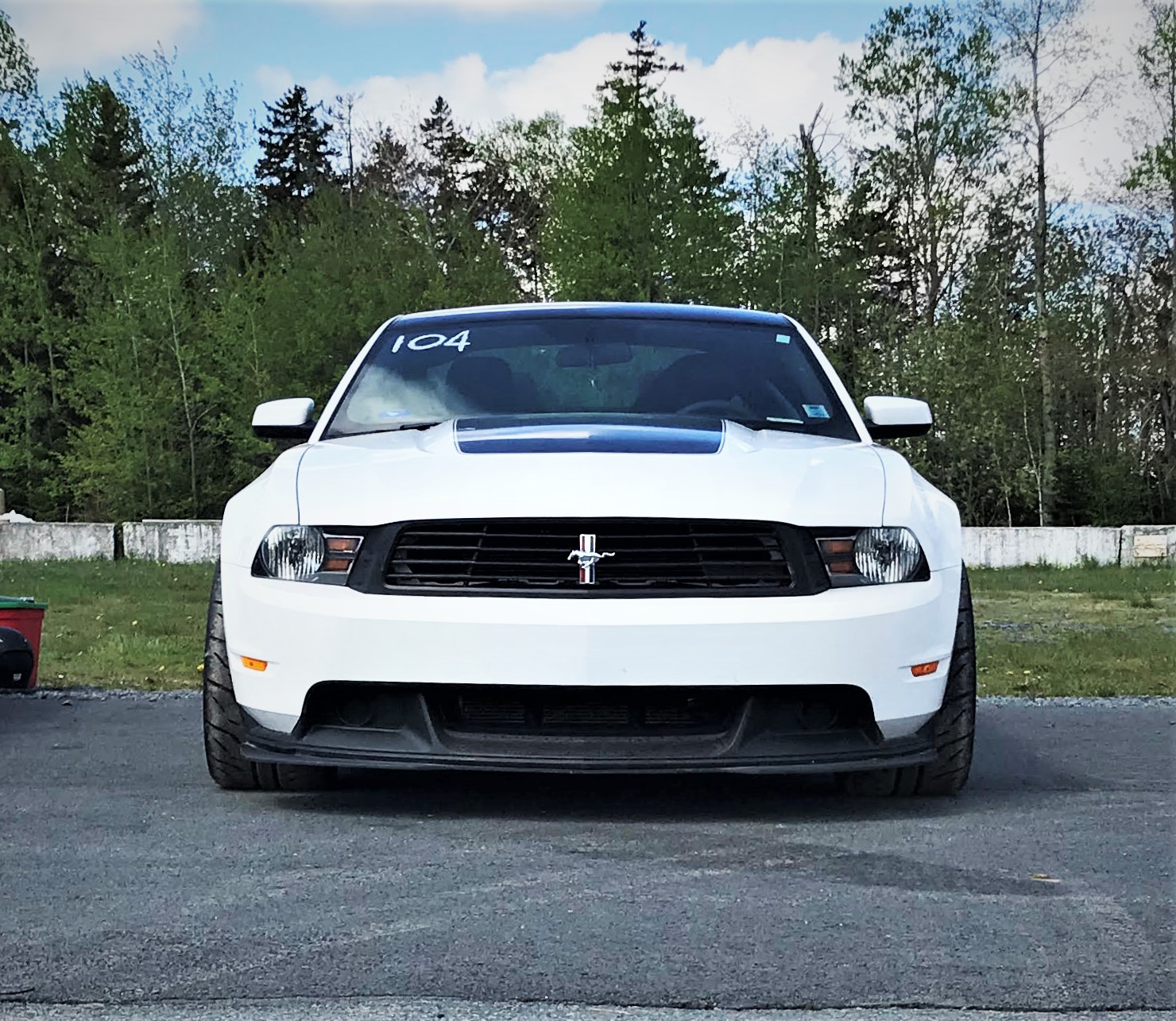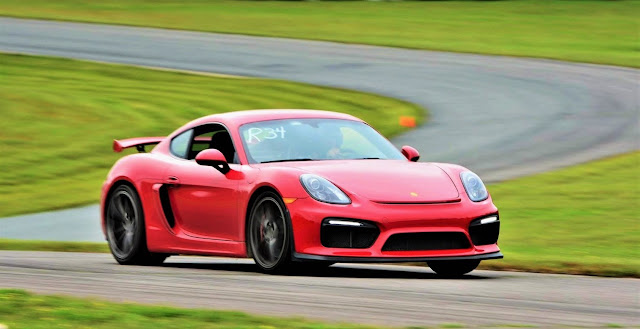When GM revealed the 2014 Corvette Stingray, 450 hp and 450 lb-ft of torque were the estimates for engine output (full post: The Stingray is back! Details about the new 2014 C7 Corvette). It is GM tradition, though, to reveal hp numbers that are slightly lower than actual ratings and the C7 Corvette is no different. When equipped with the optional performance exhaust, it makes 460 hp (343 kW) at 6,000 rpm and 465 lb-ft (630 Nm) of torque at 4,600 rpm, as shown above on the SAE engine dyno graph. With the standard exhaust, the numbers drop by 5 hp and 5 lb-ft of torque to 455 hp and 460 lb-ft of torque.
The closest competitor to the Corvette in terms of performance is the Porsche 911 Carrera and these numbers put it well ahead of the pack. The Porsche 911 Carrera makes 350 hp and 287 lb-ft of torque and the Carrera S makes 400 hp and 325 lb-ft of torque, 110 hp and 60 hp lower the Corvette's numbers and even much lower torque. It doesn't just make higher gross numbers, though - with a 3,298 curb weight, the Corvette has a weight-to-power ratio of 7.17 lb./hp (power-to-weight ratio of 308 hp/ton) vs 8.68 lb./hp (254 hp/ton) for the Carrera and 7.69 lb./hp (287 hp/ton) for the Carrera S so although the Corvette weighs more, it carries less weight per hp.
Looking at peak output numbers doesn't tell the complete story about an engine though. The engine should pull strong throughout the rpm range, with 316 lb-ft of torque available at a mere 1,000 rpm and 90% of peak torque (419 lb-ft) available from 3,000 rpm to 5,500 rpm. In other words, it makes more torque at any point in the rpm range than the 911 Carrera makes at peak. The Corvette is expected to run from 0-60 mph in under 4 seconds. GM didn't design this engine around just power numbers and it continues to impress in other areas.
The engine utilizes multiple technologies, such as direct injection, Active Fuel Management, and continuously variable transmission, which optimize combustion and improve efficiency. Direct injection ensures a more complete burn of the fuel in the air-fuel mixture. That's achieved by precisely controlling the mixture motion and fuel injection spray pattern. Direct injection also keeps the combustion chamber cooler which allows for a higher compression ratio. A new cylinder head design and a new, sculpted piston design that is an integral contributor to the high-compression, mixture motion parameters enabled by direct injection.
Active Fuel Management (AFM) is a cylinder deactivation technology which saves fuel by seamlessly shutting down half of the engine's cylinders in light-load driving conditions, such as cruising on the highway. Continuously variable valve timing is refined to support the LT1 AFM and direct injection systems to further optimize performance, efficiency and emissions, which are reduced, particularly cold-start hydrocarbon emissions, by about 25%.
Additional engine features include:
- Advanced oiling system with oil-spray piston cooling and available dry-sump oiling
- Engine-mounted, camshaft-driven fuel pump to support the direct injection system
- Intake manifold with "runners in a box" design that allows for high-efficiency airflow packaged beneath the Corvette's low hood line
- high-flow, four-into-one exhaust manifolds based on the design of the LS7, 7.0-litre engine.
The Corvette Stingray coupe goes on sale this fall, with a convertible following by the end of the year. So far, every GM press release has been very promising so I highly doubt test drives will be disappointing.
Source: GM














Comments
Post a Comment